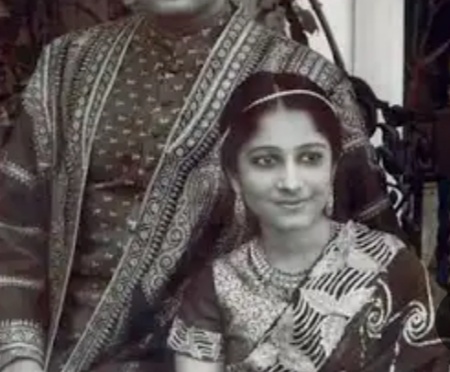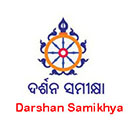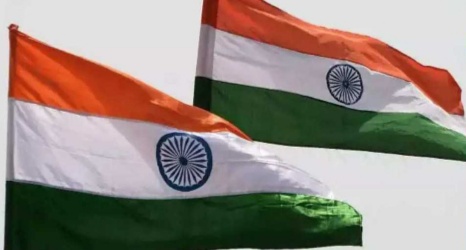“National Flag History: Historical Evolution of the Tricolor
1906: The first Indian national flag was hoisted in Calcutta’s Parsee Bagan Square. It symbolized the Swadeshi movement and resistance against British goods. The flag had green, yellow, and red horizontal stripes, with various symbols including lotuses and a crescent moon.”
1907: Madam Bikaji Cama presented the second version at the International Socialist Congress in Stuttgart. This flag, known as the Berlin Committee flag, featured an orange stripe at the top and stars instead of lotuses. The red stripe was replaced by green, with a crescent moon, sun, and star at the corners.”
1917: During the Home Rule Movement, Annie Besant and Bal Gangadhar Tilak unveiled a flag with nine horizontal stripes and a British Union Jack in the corner. This flag, which included stars and a crescent moon, reflected the demand for greater autonomy under colonial rule.

1921: Pingali Venkayya introduced his flag design to Mahatma Gandhi, featuring white, green, and red stripes and a Charkha (spinning wheel) in the center. Although this design was not adopted immediately, it represented the unity of India’s diverse communities.”
1931: Venkayya’s flag underwent modifications, closely resembling the current national flag. The Dharma Chakra replaced the Charkha in the center.
1947: Following independence, a committee led by Rajendra Prasad selected the final design of the flag. They adopted Venkayya’s design but replaced the Charkha with the Dharma Chakra, symbolizing law and righteousness.”
“Pingali Venkayya, a freedom fighter from Andhra Pradesh, played a crucial role in designing the national flag. Educated at the University of Cambridge, Venkayya was deeply influenced by Mahatma Gandhi’s principles. His experiences as a British soldier and his dedication to India’s independence led him to create a flag that represented the unity of the nation. Venkayya also published a booklet in 1916 with twenty-four flag designs.”
-.”As we celebrate Independence Day, the Indian flag stands as a testament to the nation’s journey and aspirations.”
.

Surayya Tyabji (1919–1978) was an Indian artist who assisted in creating the current Indian national flag by adding the Ashoka Chakra from the Lion Capital of Ashoka, replacing the Charkha on the 1931 flag of the Indian National Congress.
Suraiya Tayyabji was the Indian Civil Service (ICS) Officer in the Prime Minister’s Office (PMO) in 1947. She designed the flag which was approved on July 17, 1947. Suraiya husband Badruddin Tayyabji’s was a famous advocate of mumbai..


